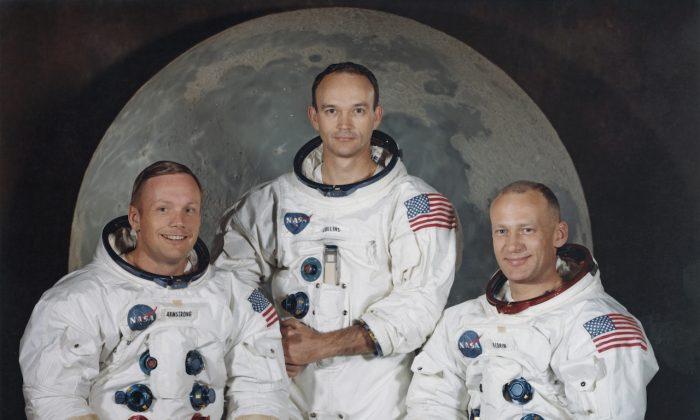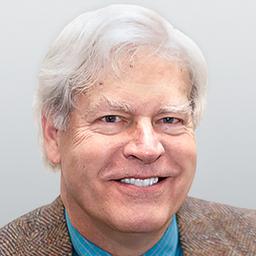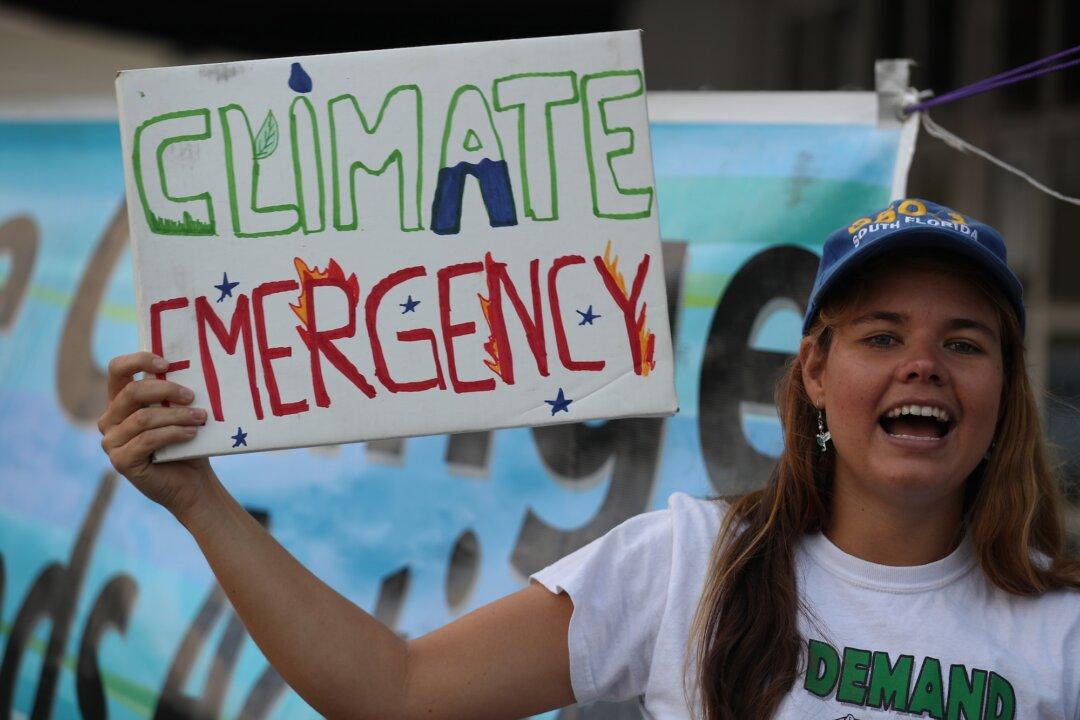Those of you of a certain vintage will recognize the headline as a tweaked version of the opening lyric of the Beatles’ iconic “Sgt. Pepper’s” album (“It was 20 years ago today ..."). Well, it was 50 years ago—July 20, 1969—when U.S. astronauts Neil Armstrong and Buzz Aldrin became the first humans to walk on the moon, leaving the third member of the Apollo 11 crew, Michael Collins, orbiting the moon in lonely solitude.
Because this event happened a half-century ago, a majority of Americans alive today have no personal recollection of this momentous event. An even smaller number remember the earlier stages of the so-called “space race” with the Soviets. I’d like to share some reminiscences and reflections with you.
October 1957: The space race officially began. Pop, the uncle who raised me, took me out into our driveway and pointed out a small, twinkling light passing overhead. It was Sputnik, the first human-launched satellite to orbit the Earth. The Soviets had gotten into space first.
April 12, 1961: Soviet cosmonaut Yuri Gagarin became the first man in space, stunning us all by circling the globe in less than an hour-and-a-half. [A digression: If you want to get some sense of the feel of the Cold War in the early 1960s, Stephen Spielberg reproduced it with uncanny accuracy in his 2015 movie “Bridge of Spies.”]
May 5, 1961: Sitting on the gym floor with my classmates in Mr. Grant’s physical education class in Longfellow School, we forgot all about running and playing as we listened to the radio broadcast coverage of Alan Shepard becoming the first American to journey into space.
Jan. 27, 1967: When I came home for dinner, the TV was blaring the horrific news that a launchpad fire had taken the lives of Apollo 1 astronauts Gus Grissom, Roger Chaffee, and Ed White.
Christmas Eve, 1968: In the same living room and on the same TV set, I recall the profound feeling of eeriness, wonder, and mystery when Apollo 8 first passed behind the moon, completely separating its three astronauts from all contact—visual and radio—with planet Earth. What did the dark side of the moon look like? What if the spacecraft never emerged from behind the far side of the moon? What a relief when it did!
July 20, 1969: The crowning achievement—Apollo 11’s successful moon landing. I was in Mexico. In hushed anticipation, a group of us—Mexicans and gringos alike—gathered around a black and white TV in the lobby of the Hotel Acueducto in Morelia. In hushed awe, we watched Neil Armstrong climb down the ladder of the lunar landing module and safely step onto the moon’s surface. As soon as he put his feet on the lunar surface, we applauded the surreal image on the TV screen. It was a consciousness-transforming event. The realm of the possible expanded immeasurably that day.
I also remember the day after that first lunar landing. Our group took a bus trip. We stopped for a quick break while passing through a poor village. I was overwhelmed by the incongruity of two concurrent realities: In front of us, shoeless, ragged vendors were rushing out of their crude, primitive stalls to hawk their unidentifiable, supposedly edible merchandise to us through the windows of the bus. Simultaneously, a quarter of a million miles above us, two men were walking on the moon. It was disorienting. How could there be such poverty and primitiveness in one corner of planet Earth, while another human society had the wealth and technological know-how to send people to the moon?
This was a defining moment in my life. My heart yearned to bridge the gap between the haves and have-nots. That desire impelled a youthful foray into socialism. Later, having learned socialism’s shortcomings and fallacies, the quest that Apollo 11 had kindled in my heart in July 1969 culminated in my embrace of free markets as the best, though imperfect, way to uplift mankind from poverty.
One more indelible memory from the first golden age of space exploration: Nothing ever surpassed the intense drama in April 1970, when malfunctions on Apollo 13 not only required abandonment of the planned moon landing, but threatened to prevent the crew from ever returning to Earth. (See Ron Howard’s movie “Apollo 13.”) I doubt that the world has ever been more united in prayer than it was during the several days of ingenious improvisation that it took to retrieve those three men from the frigid void of outer space.
When the dream of landing a man on the moon was fulfilled 50 years ago, there was a prevailing sense of hope and optimism. If the human race could achieve this, what could we not achieve? The moon landing illustrated how rapidly technological progress develops. Americans who were over 75 in 1969 could remember the first time the Wright brothers achieved flight in a heavier-than-air machine. What had been “impossible” for ages suddenly became possible as the laws of aerodynamics yielded their secrets to human understanding.
Since the moon landing 50 years ago, technological breakthroughs and improvements have accelerated. By the mid-1990s, the average automobile was equipped with more computing power than NASA had at its disposal in 1969—and NASA had 60 percent of all the computer chips in the country. Incredible!
Today, there’s renewed talk about humans returning to the moon and possibly even exploring Mars. An encouraging development is that private capital has gotten involved, potentially saving taxpayers billions of dollars while stimulating discoveries of new, more efficient and effective approaches to space travel.
A personal message to everyone too young to remember July 20, 1969: I hope you get to experience a comparable thrill from manned space flight sometime in the coming years. Travel to other celestial bodies is a supreme and heroic accomplishment of the human spirit and mind.
It confirms how extraordinary our potential is. Even the sky is not the limit.






Friends Read Free